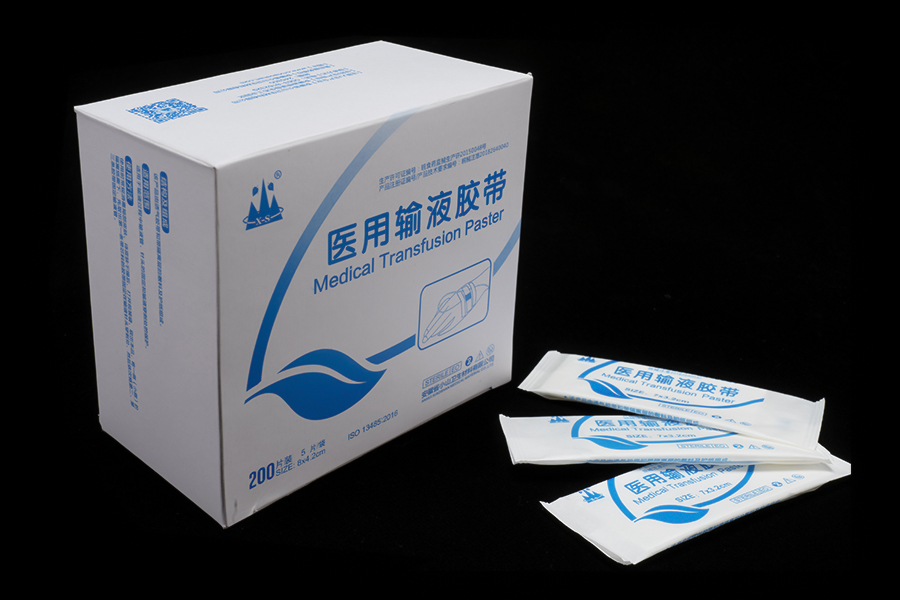To secure medical infusion adhesive tape using the high-platform method, you can follow these steps:
Wrap around the tube: First, wrap the medical infusion adhesive tape around the tube, ensuring a snug fit to avoid any gaps between the tape and the tube.
Elevate the platform: Next, affix the tape centrally over the drainage tube, ensuring a tight seal between the tape and the tube. Then, wrap the tape around the tube in a 360° manner, elevating the tube 0.5 centimeters above the skin. The purpose of this step is to ensure the stability of the tube while reducing direct pressure from the tape on the skin.
Secure the tape: Finally, adhere the ends of the tape to the skin on both sides, ensuring the tape is smooth, without wrinkles, and firmly adhered to the skin. This will ensure the tape is securely fixed and not easily detached.

During the process, it's important to:
Ensure the medical infusion adhesive tape used has sufficient stickiness to ensure effective fixation.
Before securing the tape, ensure the skin is clean, dry, and free from oils or dirt, which helps improve the tape's adhesion.
Avoid overstretching the tape, as it may affect its stickiness and fixation effectiveness.
Regularly check the tape's fixation. If it becomes loose or detached, replace it promptly.
By following these steps and precautions, you can effectively use the high-platform method to secure medical infusion adhesive tape, ensuring the tube is stable and safe while minimizing skin damage.

 English
English 中文简体
中文简体








